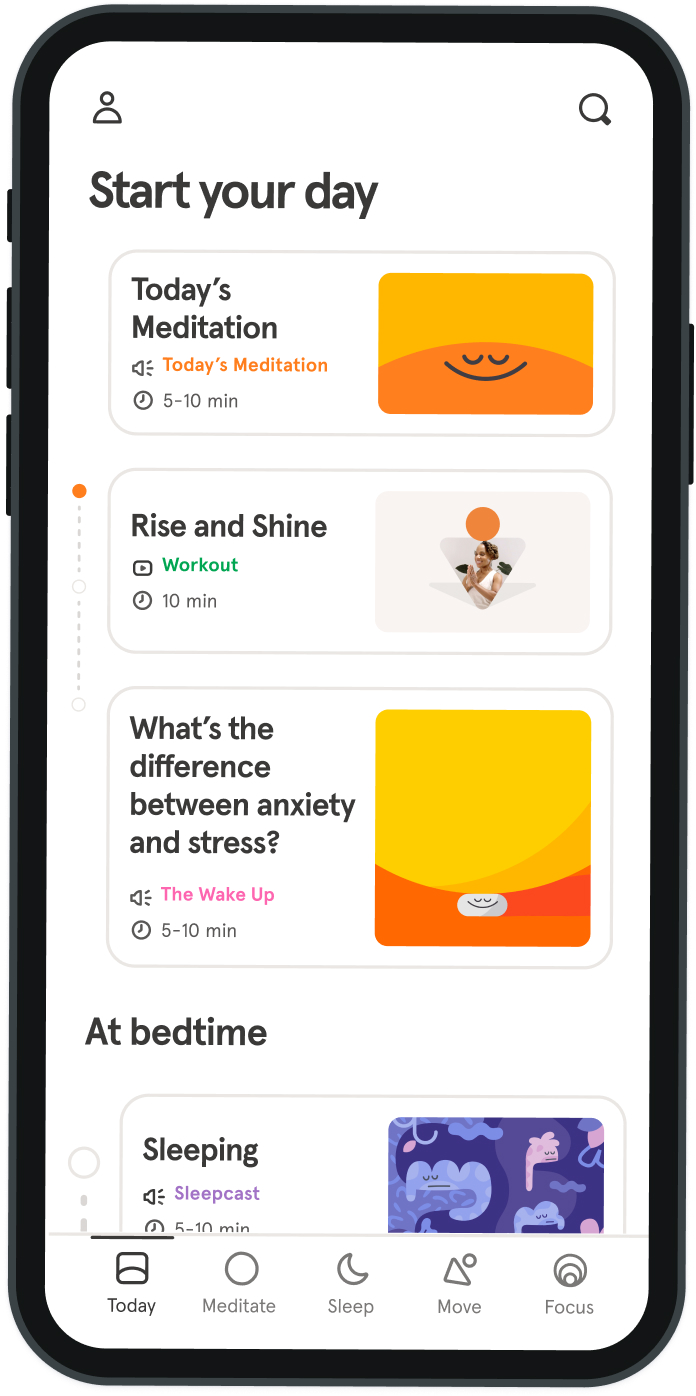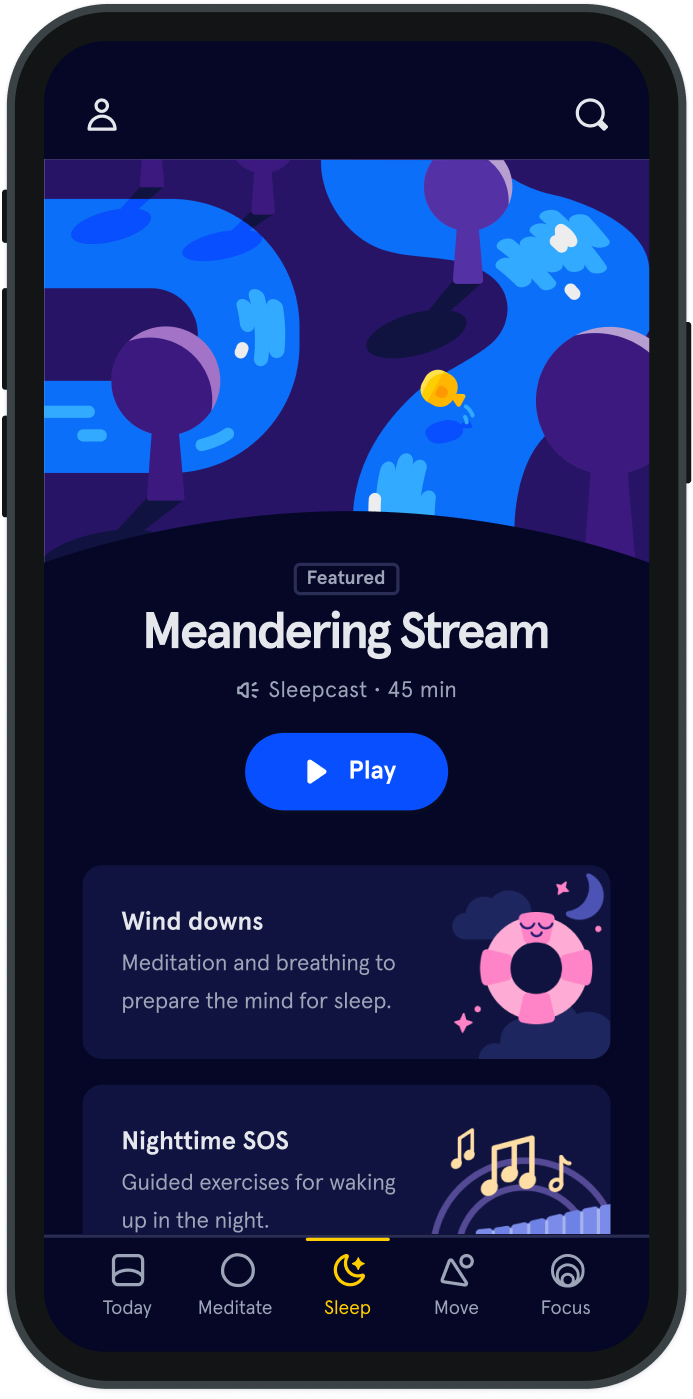How your diet shapes your genes
There’s nothing like a news-making, lifestyle-transforming headline (salami, anyone?) to spark conversation around what we should and shouldn’t be eating. Of course this is a constantly evolving topic, with so many experts and buzzwords to remember that we’re bound to find ourselves in the the grocery aisle, trying to remember what the latest “inflammatory” ingredient is. But still, when the WHO speaks up, we can’t help but listen.
Of course, you think about the foods you eat in terms of whether they make you fat, whether they’ll raise your blood pressure, make you feel bloated or break you out... the list goes on. But have you ever thought about whether the foods you eat could affect your genetic makeup? We have.
A little background
During the winter of 1944, a terrible famine swept through the Netherlands and carried on until liberation in May 1945. During this time, dubbed the Hongerwinter, the Dutch population’s nutritional intake dropped to fewer than 1000 calories per day. Women who conceived during this trying time gave birth to children who survived – but with higher rates of chronic conditions such as diabetes, cardiovascular disease and obesity compared to their unaffected siblings. So how could something that happened before birth have such a powerful effect on their health some 50 years later? The answer lies in fetal adaptations to their environments (in this case, a lack of food plus high maternal stress) and how they set a person up for future health complications.
In a nutshell, this phenomenon refers to epigenetics, a process by which the genetic function changes, but not the DNA itself. This is not limited to humans – take the queen bee, for example. She is not born genetically different than her worker bees, but she is fed a special diet of royal jelly for most of her life, while the lowly workers are fed pollen and nectar. And so, it’s their respective diets that seal their fates within the bee caste system.
Nature’s nurture
Today, we’re starting to understand a great deal more about how the food we eat changes our bodies and our brains down to the genetic level. A new field called nutrigenomics explores the role of nutrition in gene expression, merging the science of bioinformatics, nutrition, molecular biology, genomics, and epidemiology.
Take lactose intolerance, for example. Evidence suggests that the cultural practice of raising dairy cattle fed back into the human genome, altering different populations at the genetic level and giving them a taste for milk well into adulthood. Or consider Phenylketonuria (PKU): those born with a mutation in a single gene must avoid food containing the amino acid phenylalanine. In essence, our biology shapes our diet, and our diet shapes our genetic function.
In biology, there’s no black and white. We’re symbiotic with our environment to a degree and nutritional deficiency or excess can cause DNA damage. What’s more, diabetes, obesity, and cardiovascular diseases have been dubbed “diseases of civilization,” which refers to aboriginal populations adopting a high-sugar, high-fat “Western diet” and experiencing a surge of obesity and diabetes. But remember, while these diseases might skyrocket in populations like the Pima Indians of Arizona or native Hawaiians, it does so because their biology is not used to processing the richer Western diet. So it doesn’t necessarily mean that a Western European will get sick from eating bread and butter over many years (although it’s best to limit it). As with most things, it comes down to context and balance.
Nature’s nurture
Today, we’re starting to understand a great deal more about how the food we eat changes our bodies and our brains down to the genetic level. A new field called nutrigenomics explores the role of nutrition in gene expression, merging the science of bioinformatics, nutrition, molecular biology, genomics and epidemiology.
Take lactose intolerance, for example. Evidence suggests that the cultural practice of raising dairy cattle fed back into the human genome, altering different populations at the genetic level and giving them a taste for milk well into adulthood. Or consider Phenylketonuria (PKU): those born with a mutation in a single gene must avoid food containing the amino acid phenylalanine. In essence, our biology shapes our diet, and our diet shapes our genetic function.
In biology, there’s no black and white. We’re symbiotic with our environment to a degree and nutritional deficiency or excess can cause DNA damage. What’s more, diabetes, obesity, and cardiovascular diseases have been dubbed “diseases of civilization,” which refers to aboriginal populations adopting a high-sugar, high-fat “Western diet” and experiencing a surge of obesity and diabetes. But remember, while these diseases might skyrocket in populations like the Pima Indians of Arizona or native Hawaiians, it does so because their biology is not used to processing the richer Western diet. So it doesn’t necessarily mean that a Western European will get sick from eating bread and butter over many years (although it’s best to limit it). As with most things, it comes down to context and balance.
Food for thought
There are many studies underway that connect specific compounds in food with genetic changes in our bodies, but an area of particular interest to me is the role of nutrients in brain health. Just like exercise, nutrients can modulate various aspects of brain plasticity, which in turn influence behavior.
This goes beyond feeling “hangry” to the real connection between our diet and our moods. Animal studies show that certain nutrients like polyunsaturated fatty acids and polyphenols can stimulate the birth of new neurons and BDNF, a necessary factor for learning and memory. You may think that your lungs need the most oxygen, but despite the brain’s mere three pounds, it consumes a remarkable 20% of the total oxygen you breathe, and uses up most of your energy (and calories), especially during childhood. Given that the brain is a metabolic machine, it’s not surprising that the way we process energy (via food and exercise) has a profound influence on brain function. And why does the brain use so much energy during childhood? To build a social brain. Learning culture takes time and a hungry brain means a slowly growing body (compared with other animals who become full grown in a matter of months).
Diet and exercise
Exercise modulates genes involved in energy metabolism, insulin response and inflammation. Dietary nutrients modulate the same genes. Both can stimulate BDNF. Together, they bring energy provision to the brain, improving neuronal function and brain plasticity. It’s a yin and yang issue – they work in tandem, not alone. Combined with a DHA-enriched diet, exercise enhances cognitive function; combined with a flavonoid-rich diet, it protects the brain from inflammation and cell death. And even with a diet rich in saturated fats, exercise can reduce the decline in brain plasticity induced by a poor diet. While we continue to experiment with food, cooking and diets, our bodies remain hard-wired to environmental changes that once predicted our survival or elimination. Poor diet and exercise affects us to our core. And this “core” gets passed down from generation to generation. So that old saying “You are what you eat” may need a modern update. Perhaps “You are what your mom ate” is more fitting. The better informed we are about our food choices, the better we can preserve not only our own health, but that of future generations.

“You are what you eat” may need a modern update. Perhaps “You are what your mom ate” is more fitting.
Dr. Claudia Aguirre


Be kind to your mind
- Access the full library of 500+ meditations on everything from stress, to resilience, to compassion
- Put your mind to bed with sleep sounds, music, and wind-down exercises
- Make mindfulness a part of your daily routine with tension-releasing workouts, relaxing yoga, Focus music playlists, and more
Meditation and mindfulness for any mind, any mood, any goal

Stay in the loop
Be the first to get updates on our latest content, special offers, and new features.
By signing up, you’re agreeing to receive marketing emails from Headspace. You can unsubscribe at any time. For more details, check out our Privacy Policy.
- © 2025 Headspace Inc.
- Terms & conditions
- Privacy policy
- Consumer Health Data
- Your privacy choices
- CA Privacy Notice
